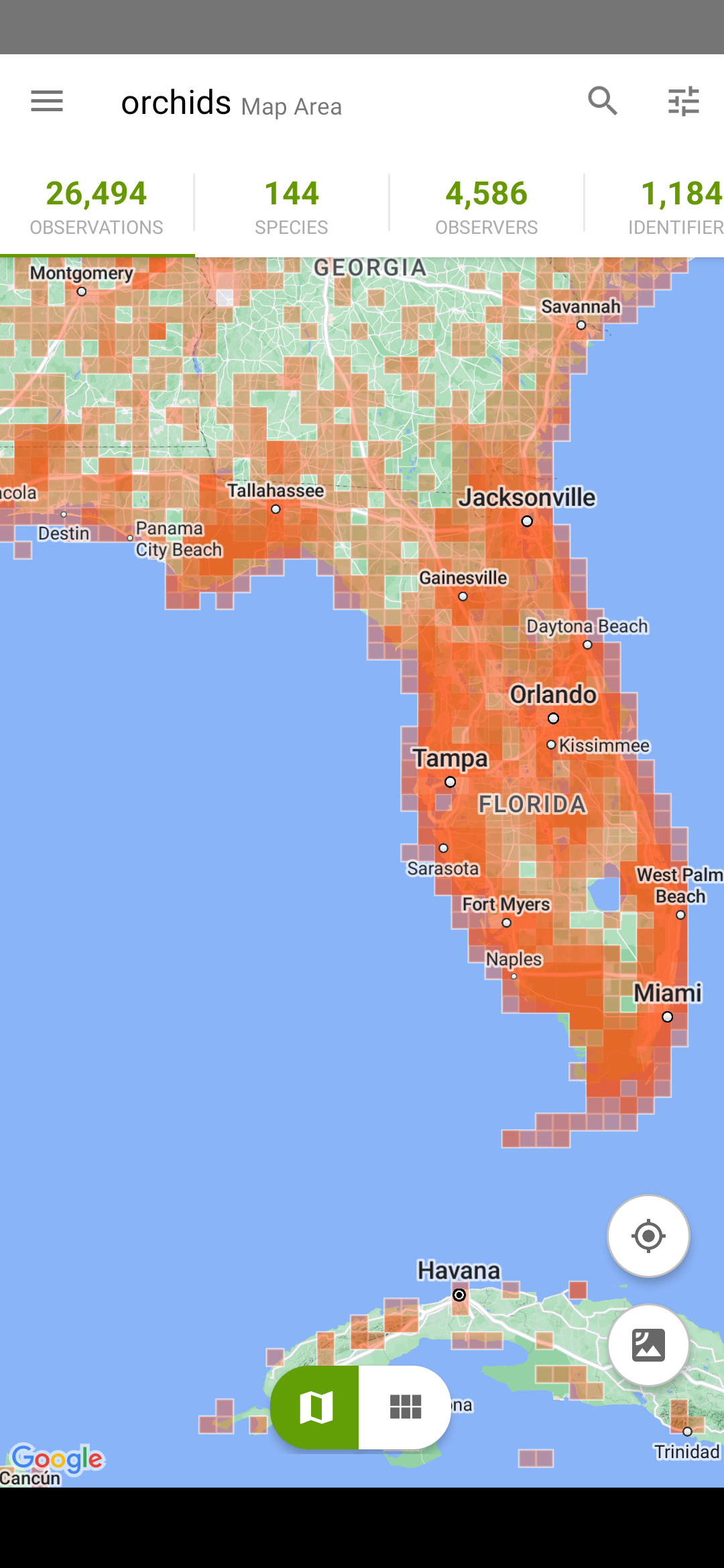Wow, I thought it was a real one at first. Be sure to report it on iNaturalist.org for most scientific benefit.
Thanks - already have done 👍🙂
They are extraordinary aren’t they? Really lucky to have them in your garden.
Lucky you! It looks like a tiny fat king wearing a crown.
That’s great - I’ve seen a few in the wild but never one in a garden and that’s a fine specimen.
My understanding is they need special soil conditions to grow, so your garden must be perfect for it. I’d buy some seeds and try and get some more going.
The reason why orchids are so special and rare is that they need the mentioned fungus to feed their children plants. In opposition to most other seeds that come with loads of nutrients stored in the first leaves (cotyledons), orchid seeds are microscopic and don’t have any nutrient storage. Only the symbiosis with the fungus makes them able to grow at first.
Thank you. You might find this of interest >> RHS - Ophrys apifera. My soil is fairly ‘alkaline’ and ‘loamy’. Although I reside in a major city the area I live in is essentially rural and so these wild flowers aren’t uncommon. That being said I used to only have one bee orchid every two years but recently I am having one every year and each year I am getting a number ‘colonies’. This year I have five clumps of bee orchids in the front lawn. Oddly, none have been spotted in the back, which is south facing. So I can only assume that these plants don’t thrive in direct sunlight.
Sounds like they are doing well. Bee orchids have a symbiotic relationship with a fungus, so if you have one doing well, you know the fungus is present and more will likely follow. While light might be a factor, they tend to prefer open grasslands, so I suspect the difference might be in the fungus. If you were feeling bold, you could try transplanting a clump to the back garden in the hope that the fungus would take hold and spread.
Congratulations… I’m not sure I’ve ever actually even seen a regular orchid in the wild let alone a unique one like that…
They are not that rare once you know how to spot them.
So far the only place I know to look is on the bark of trees in Florida

Search for orchids on iNaturalist.org to see where you can find them near your place.
In general they have three habitats. Wet meadows, dry meadows and woodlands. All these habitats need to be poor in nutrients, so usually they are not close to where industrial agriculture is practised.




